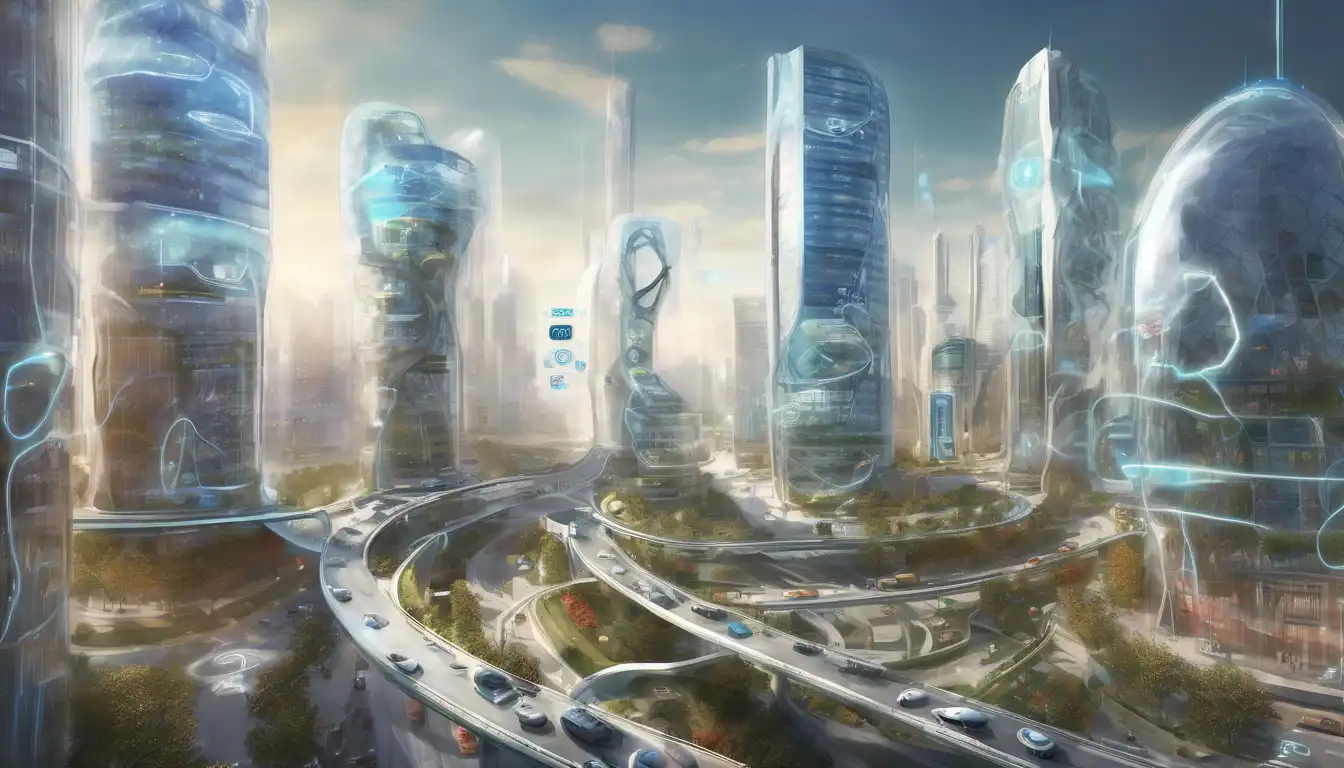The Role of IoT in Shaping Smart Cities
The Internet of Things (IoT) is revolutionizing the way we live, work, and interact with our urban environments. By connecting devices, sensors, and infrastructure, IoT technology is paving the way for smarter, more efficient cities. This article delves into the transformative potential of IoT in urban development and how it's making cities more livable, sustainable, and responsive to the needs of their inhabitants.
Understanding IoT and Its Components
At its core, IoT refers to a network of physical objects embedded with sensors, software, and other technologies to connect and exchange data with other devices and systems over the internet. In the context of smart cities, these objects range from traffic lights and water meters to public transport and waste management systems.
Key Benefits of IoT in Smart Cities
- Enhanced Efficiency: IoT enables real-time monitoring and management of city resources, leading to significant improvements in energy use, traffic flow, and public services.
- Improved Sustainability: By optimizing resource consumption and reducing waste, IoT contributes to the creation of greener, more sustainable urban environments.
- Increased Safety: IoT technologies can enhance public safety through advanced surveillance systems, emergency response mechanisms, and predictive policing.
- Better Quality of Life: From smart lighting to intelligent transportation systems, IoT innovations are making cities more comfortable and convenient for residents.
Challenges and Considerations
Despite its numerous advantages, the integration of IoT into smart cities is not without challenges. Issues such as data privacy, cybersecurity, and the digital divide must be addressed to ensure equitable and secure access to IoT benefits. Furthermore, the high cost of IoT infrastructure and the need for interoperability among devices pose additional hurdles.
Future Prospects
The future of IoT in smart cities is bright, with ongoing advancements in technology and increasing adoption by urban planners and policymakers. As IoT continues to evolve, we can expect even more innovative applications that will further transform urban living. From autonomous vehicles to smart grids, the possibilities are endless.
For more insights into how technology is shaping our urban futures, explore our articles on urban development and sustainable cities.
Conclusion
The integration of IoT into smart cities represents a significant leap forward in urban development. By harnessing the power of connected technologies, cities can become more efficient, sustainable, and livable. However, realizing the full potential of IoT requires careful planning, robust security measures, and inclusive policies to ensure that all citizens benefit from these advancements.
